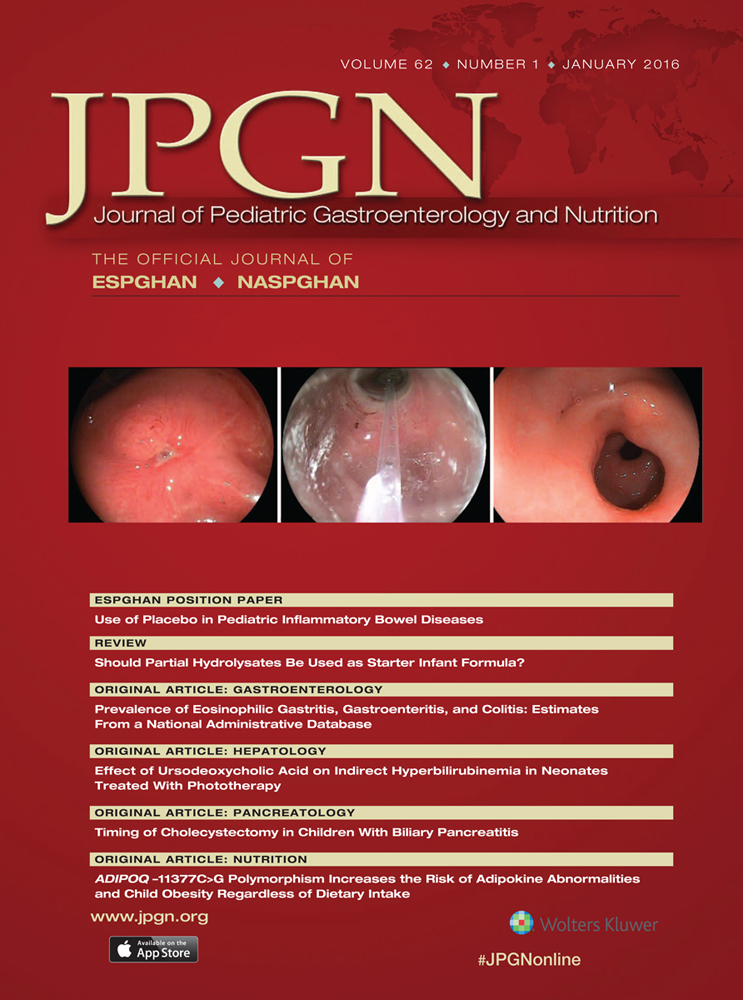Value of Fecal Calprotectin as a Biomarker for Juvenile Polyps in Children Investigated With Colonoscopy
The authors report no conflicts of interest.
ABSTRACT
Objectives:
The clinical presentation of colonic juvenile polyps with abdominal discomfort and occult rectal bleedings make them difficult to recognize. The aim of this study was to report the clinical features of colonic juvenile polyps in children referred to colonoscopy and evaluate fecal calprotectin (FCP) as a screening biomarker for their diagnosis.
Methods:
The study included a total of 266 children (range 3.1–19.0 years, median age 15.8 years) investigated with ileocolonoscopy; of whom, 239 (89%) were investigated for inflammatory bowel disease (IBD). FCPs were analyzed as a marker of colonic inflammation, and levels <50 mg/kg was considered to be negative.
Results:
Juvenile polyps were detected in 12 (4.5%) children; the remaining 67 (25.2%) had Crohn disease, 57 (21.4%) ulcerative colitis, 5 (1.9%) unclassified IBD, 4 (1.5%) allergic colitis, bleeding source was localized in 6 (2.3%), and 115 (43.2%) had unspecific or normal findings. FCP was available in 203 (76.3%) children before colonoscopy; levels of FCP were higher in children with juvenile polyps (range 28–2287 mg/kg, median 844 mg/kg) compared with those with normal colonoscopies (range <20–2443 mg/kg, median 130 mg/kg, P < 0.0001), but not compared with those with active IBD (range <20–7780 mg/kg, median 962 mg/kg, P = 0.6299). FCPs were available in 9 of 12 children after polypectomy, of whom all had their FCP levels significantly reduced (range 0–281 mg/kg, median 49 mg/kg, P < 0.0001).
Conclusions:
Colonic juvenile polyps are frequently found in pediatric patients presenting with hematochezia and elevated FCP levels. Colonic juvenile polyps are difficult to differentiate from pediatric IBD without a colonoscopy.




